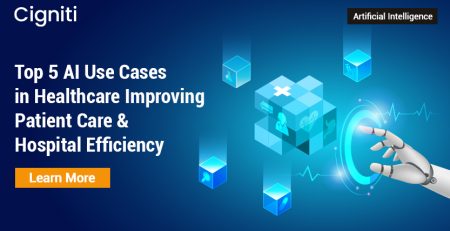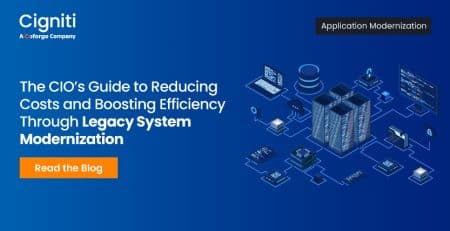5 Reasons Why All the Hype Around Observability is True
Almost every organization needs a top-notch monitoring system to make sure everything is in place and operating at its best, given the developments in the cloud and changing software development life cycle (SDLC) processes. Observability is one of the significant areas that can guarantee your system’s health and ensures that the performance is visible and monitored properly.
The ability to determine a system’s internal state by looking at its outputs is known as observability. It uses telemetry collected from cloud environment endpoints and services. The primary role of observability is to understand these events around the environment to help an organization find the issues and fix them, which ultimately improves system effectiveness and keeps consumers satisfied.
According to Gartner, by 2024, 30% of enterprises implementing distributed system architectures will have adopted observability techniques to improve digital business service performance, up from less than 10% in 2020.
While observability may seem like a recent buzzword, some are also calling it hype. But the fact is that it has been increasingly used by leading organizations to improve the performance of distributed IT systems.
Traces, logs, and metrics are the three types of telemetry data that observability tools generally use to work and offer deep visibility into distributed IT systems. This data is essential for identifying the underlying causes of problems so that IT staff can improve system performance.
Here in this blog, we are going to discuss 5 top reasons why observability is no longer a hype but a must for every organization in the future as the demand for digital services and apps rises.
1. Easy to use and provides real-time visibility
The development, delivery, and maintenance of an application involve a number of stakeholders, complex infrastructures, and countless procedures. To ensure that breaches do not occur in such complex infrastructures, we require an intuitive setup.
Observability should not only be used by the IT teams, but by users across the organization to respond to issue alerts about the performance of the network, apps, and services. All users should be able to achieve this without having received specialized, in-depth training or sophisticated skills.
Everyone, from customer success teams to salesforce administrators to product owners, must be able to have real-time visibility into their functions within the organization’s operations with the help of observability.
2. Integrate all data into a centralized system
Organizations are looking for a solution that offers a comprehensive view of monitoring, tracing, and logging. The observability solution of today exists and functions quite independently.
By integrating all the data into a centralized system, the observability solution of the future will enable quicker, easier analysis. In the future, authorized users will have access to advanced analytics capabilities through the centralized system, which will aggregate the data in real-time and save organizations from the dangers of data decay.
3. Observability of cloud-native environments
As the world quickly embraces cloud-based infrastructure, we will observe an increase in demand for solutions that will allow the observability of cloud-native environments. This includes monitoring and addressing problems with cloud-based tools and serverless operations.
Due to the widespread use of multi-cloud and hybrid cloud strategies by enterprises, it is essential to have solutions that can monitor and troubleshoot in various cloud environments. Also, as more organizations adopt open-source technology, there will be an increase in demand for open-source observability solutions that can work with the existing infrastructure.
4. Optimize issues using AI-powered alerts
In the coming years, as the IT footprint grows, it will become increasingly difficult to manage application environments with human teams alone. Organizations will struggle to achieve more with less as the amount of data and the number of systems to manage increase. IT teams can more accurately and proactively optimize issues using AI-powered alerts and remediation solutions before they turn into major issues.
As AI-based solutions that automatically identify and diagnose performance-related issues and offer proactive recommendations for improvement proliferate, trustworthiness will become an increasingly important component of any AI solution.
5. Scalable to meet changing business needs
Since the beginning, the terms “scalability” and “cloud” have been intertwined. It should come as no surprise that observability solutions in the future will be required to be more scalable than they are now to meet the demands of changing business needs.
They will also need to demonstrate strong self-regulation and provide greater real-time comprehensive analytics capabilities. This will help in the better cost evaluation of the IT environment, and organizations will be able to rightsize deployments more regularly while wasting less money and resources.
In the future, engineers will be able to perceive systems more clearly and have access to highly precise information thanks to observability tools, rather than assuming or attempting to correlate logs, traces, and metrics.
Are you still thinking about how observability tools can help your organization? Cigniti can help. Visit our Site Reliability Engineering page today.





Leave a Reply